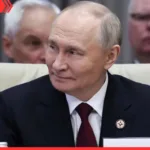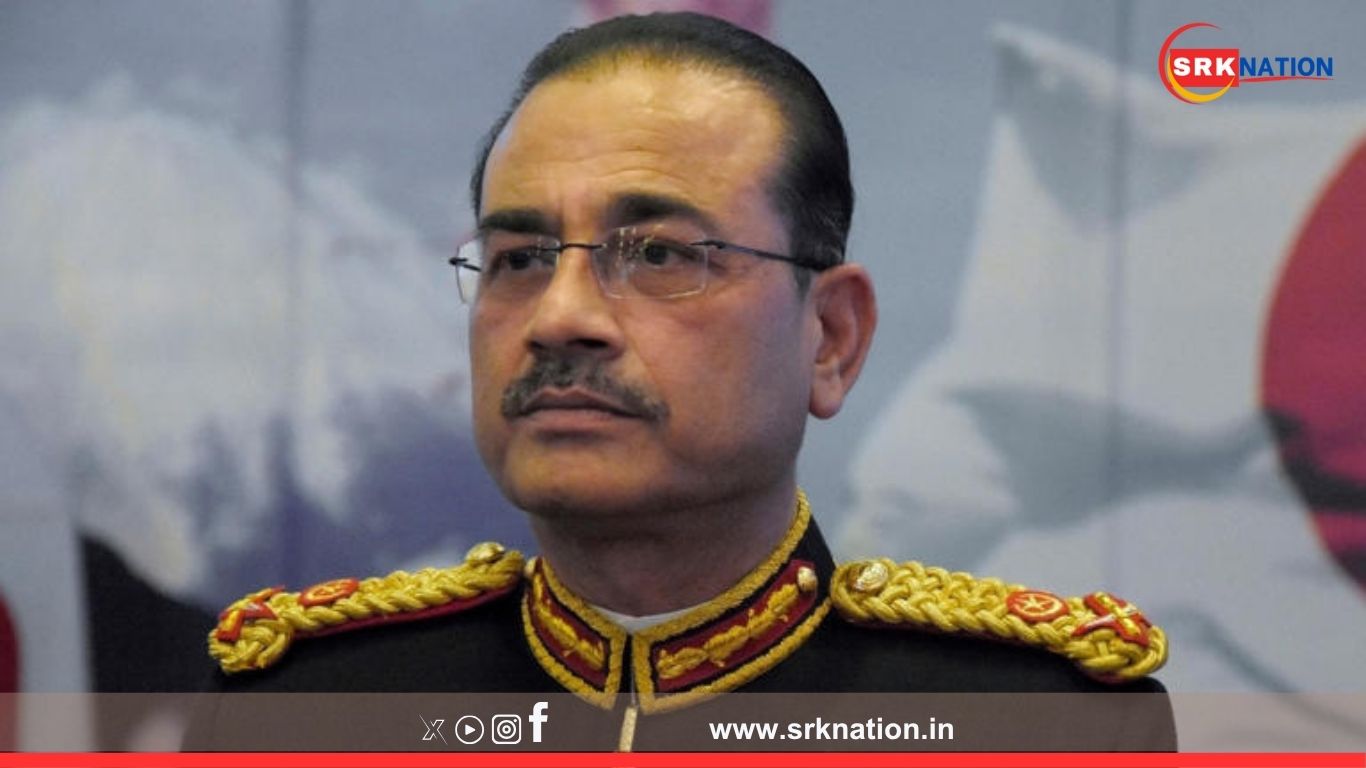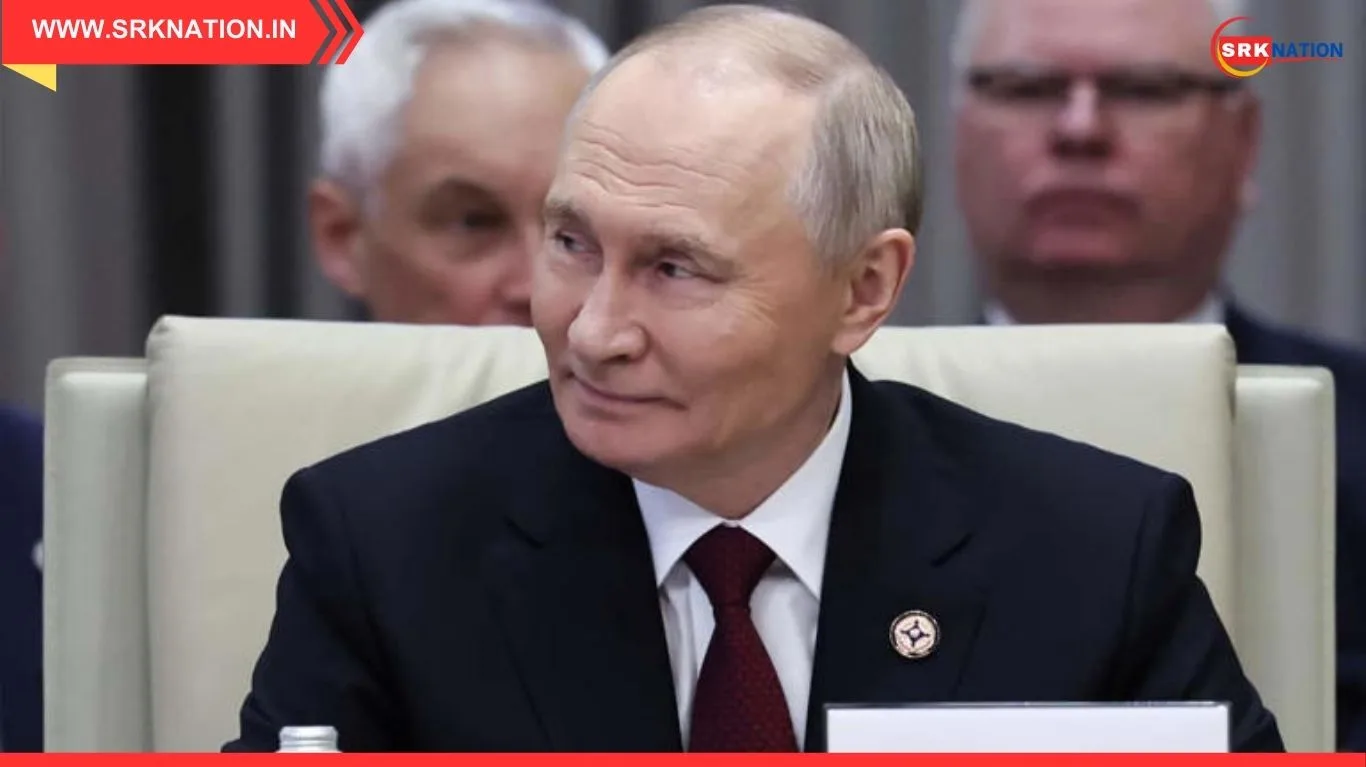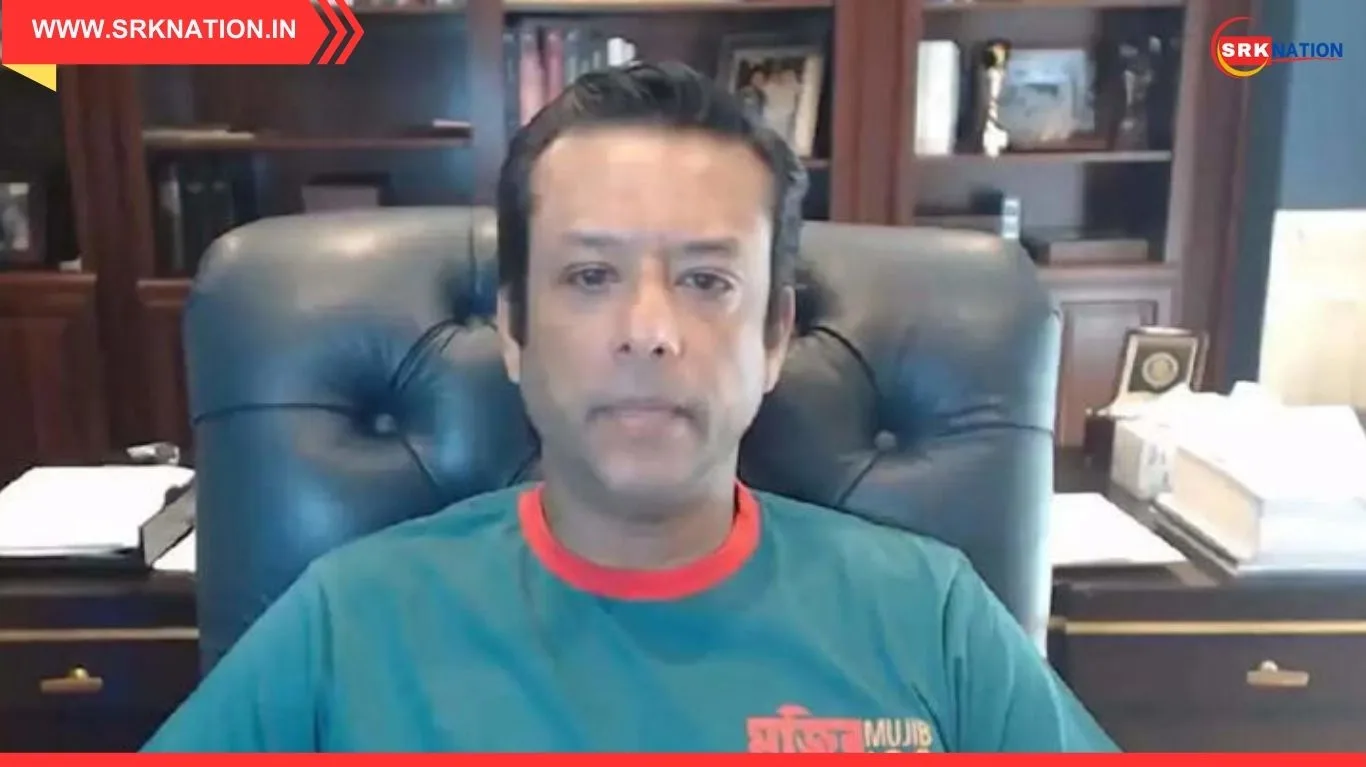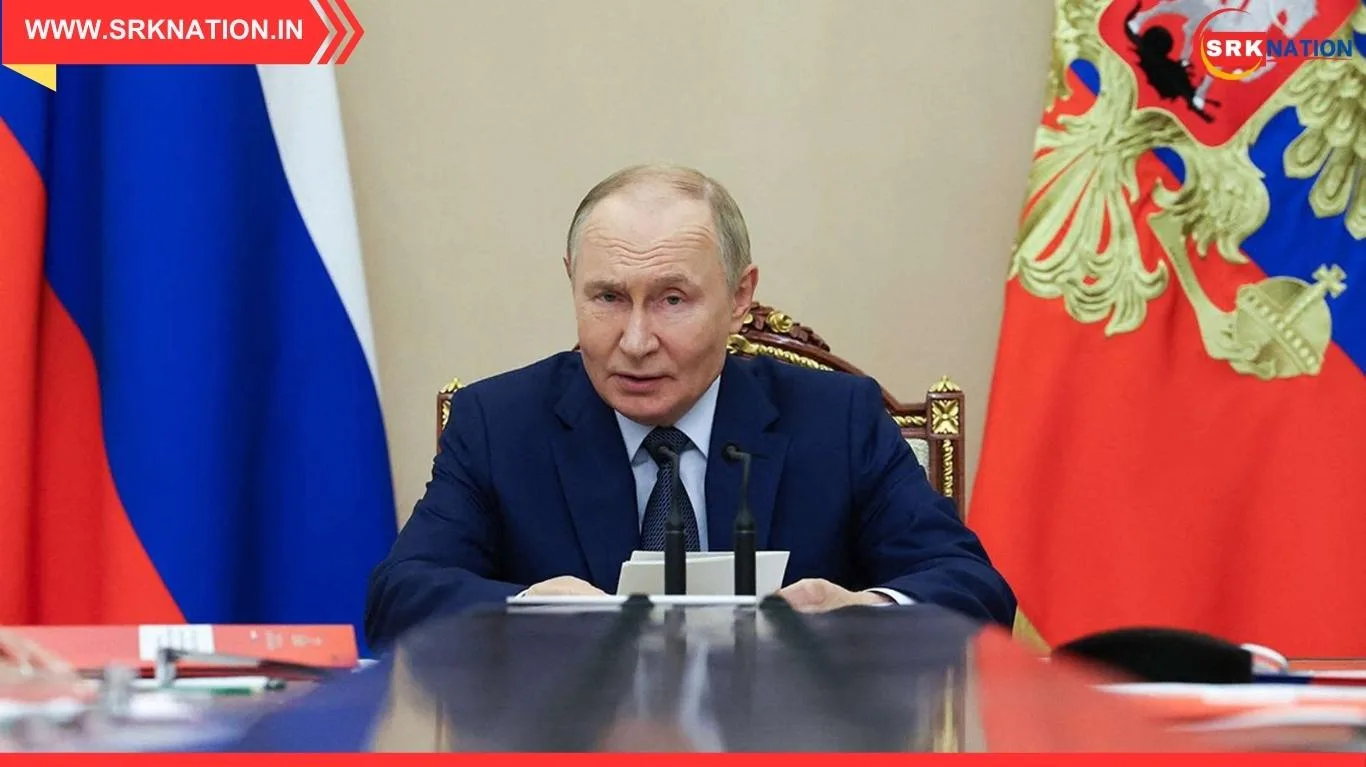Tensions between India and Pakistan escalated sharply after Indian defence and intelligence agencies exposed what they called “direct Chinese operational support” to Pakistan during the recent Operation Sindoor, with Pakistan Army Chief General Asim Munir rejecting Indian assertions as “factually incorrect.” The episode has once again brought India-China-Pakistan triangular security dynamics into focus, with strategic experts warning of an emerging hybrid front on the Line of Control (LoC) and beyond.
Background: What was Operation Sindoor?
Operation Sindoor was launched by the Indian Army in late June 2025 after intelligence inputs indicated infiltration attempts by Pakistan-backed terror groups in Jammu & Kashmir’s Keran, Tangdhar, and Machil sectors. According to official briefings:
- The multi-pronged operation lasted over 10 days.
- Over 18 infiltrators were neutralised, including key Lashkar and Jaish operatives.
- Sophisticated Chinese-origin weaponry, communication equipment, and drones were recovered.
India exposes Chinese involvement
The most significant revelation came when recovered communication intercepts and battlefield forensic analysis indicated:
- Encrypted radio transmissions between Pakistani handlers and Chinese forward observation teams along Shaksgam Valley were intercepted.
- Chinese drones reportedly provided aerial reconnaissance data to Pakistani infiltration teams.
- Recovered arms included Norinco-made CQ-A rifles, DJI modified quadcopters, and tactical laser sights with Chinese PLA markings.
Senior Indian Army sources stated:
“These inputs establish a worrying pattern of Chinese logistical, technological, and possibly training support to Pakistani units and irregular groups in J&K, indicating a hybrid collusion strategy.”
General Asim Munir’s response
Reacting swiftly, Pakistan Army Chief General Asim Munir dismissed India’s statements, calling them “factually incorrect, fabricated propaganda aimed at deflecting international attention from human rights issues in Kashmir.”
He further said:
“Pakistan Army remains a professional force with its own capabilities. Linking China to routine defensive operations along the LoC is baseless.”
However, General Munir did not address India’s specific claims regarding the recovery of Chinese-origin weapons or intercepted communications.
India’s strategic concerns
Indian defence experts warn that Chinese involvement in Pakistan’s infiltration grid signals a shift towards joint grey-zone warfare combining:
- Direct military posturing on the Ladakh LAC
- Support for Pakistani asymmetric operations in Kashmir
- Technological and logistical backstopping to enhance Pakistan’s tactical depth
Retired Northern Army Commander Lt Gen DS Hooda said:
“This collusion is not new, but the scale of direct Chinese battlefield enablement indicates a dangerous confidence to probe India on multiple fronts simultaneously.”
Recovered Chinese weaponry: Key details
| Equipment | Description | Recovered From |
|---|---|---|
| CQ-A assault rifles | Chinese Norinco variant of M4, used by PLA-PAP units | Tangdhar encounter site |
| DJI Mavic drones (modified) | Equipped with thermal cameras and encrypted data link modules | Keran sector forest ridge |
| Tactical laser sights | Model used by PLA border units | Machil nullah ambush |
| Communication intercepts | Mandarin-Punjabi coded relays to PoK handlers | Multiple LoC posts |
Political reactions
Indian government:
Defence Minister Rajnath Singh briefed PM Modi and the Cabinet Committee on Security on July 6, stating:
“Pakistan remains desperate to internationalise Kashmir, and China’s active enabler role is now exposed. India will not tolerate such dual-front threats.”
Chinese foreign ministry:
Beijing rejected India’s assertions, claiming:
“China maintains its border security deployments within its territory. Linking China to any third-party infiltration activities is irresponsible.”
Pakistani political leadership:
PM Shehbaz Sharif accused India of spreading “fake news to justify human rights abuses” and praised Asim Munir for “safeguarding Pakistan’s honour and dignity”.
Strategic implications for South Asia
Experts at IDSA and CLAWS believe the developments indicate:
- Emerging two-front hybrid strategy where China enhances Pakistan’s operational capabilities below conventional thresholds.
- India’s deterrence doctrine will need recalibration, including better counter-drone warfare, border intelligence fusion, and rapid mobilisation synergy across northern and western commands.
- Possible geopolitical messaging to the US and Quad, showcasing that India remains under dual pressure and requires greater strategic support.
Public and diplomatic reactions
The revelations sparked a flurry of statements on Indian social media, with hashtags like #ChinaPakAxis, #OperationSindoorVictory, and #ExposeMunirLies trending.
BJP leaders demanded:
- Strong diplomatic protest notes to Beijing and Islamabad
- Acceleration of indigenous drone warfare capabilities under Make in India
- Special Parliament briefing to unify national security understanding
Congress spokesperson Pawan Khera said:
“We stand with the armed forces. However, the government must present incontrovertible evidence in Parliament to build international consensus against this collusion.”
India’s next steps
Senior officials indicated that:
- Detailed dossiers containing recovered equipment serials, intercepted transcripts, and battlefield photography are being prepared for sharing with strategic partners.
- Defence procurement prioritisation is being realigned to strengthen counter-infiltration ISR (Intelligence, Surveillance, Reconnaissance) assets across the Northern Command.
- The Defence Cyber Agency is enhancing EW (Electronic Warfare) and communication signature detection capabilities to counter Chinese technological edge.
Conclusion
General Asim Munir’s outright rejection of India’s claims as “factually incorrect” despite clear battlefield recoveries marks yet another stalemate in Indo-Pakistani military narratives, with the addition of China making the equation far more complex.
While Pakistan seeks to deny and China seeks to downplay, India’s strategic establishment sees Operation Sindoor as a warning shot, indicating that future infiltration, sabotage, and grey-zone threats will increasingly bear the fingerprints of a combined Sino-Pak hybrid strategy, demanding robust deterrence frameworks, technological parity, and agile diplomacy in equal measure.
Disclaimer: This article summarises official statements, defence briefings, and strategic expert analyses available at the time of publication. Readers are advised to await further official disclosures for operational specifics and tactical after-action reports.



